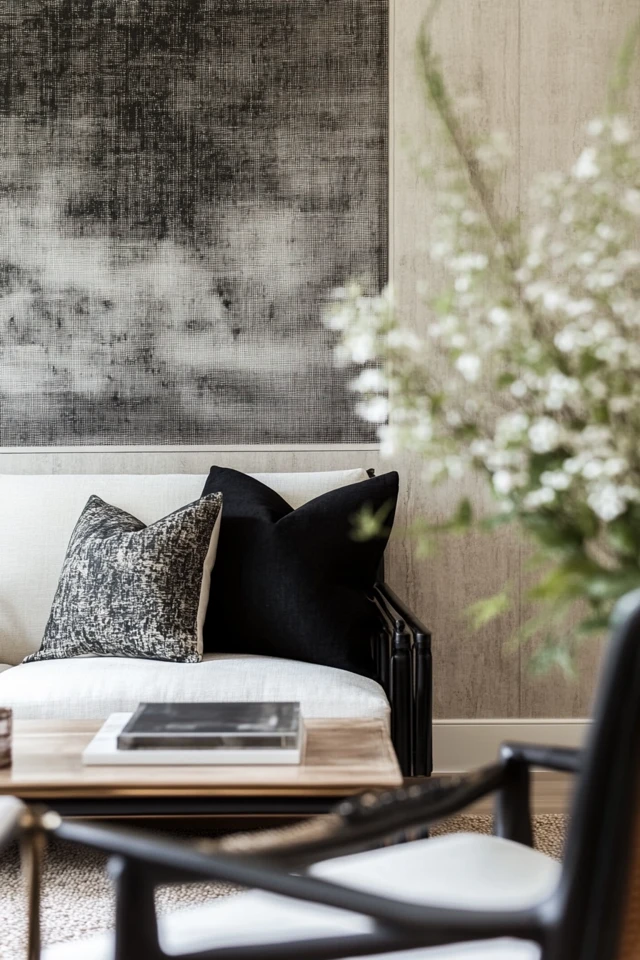Introduction
Creating the illusion of spaciousness in a room is a skillful design trick that can completely transform the feel of your home. Whether you’re working with a small apartment, a narrow hallway, or a cozy bedroom, clever decor choices can make even the tightest spaces feel open, airy, and expansive. Best of all, these tricks don’t require major renovations—just a few intentional adjustments that fool the eye into seeing more space than there actually is.
I first discovered the power of optical illusions in design when decorating my first tiny living room. By incorporating a large mirror, sticking to a light color palette, and rearranging the furniture to improve flow, the space felt twice as big without changing its physical dimensions. It became a lesson in how small decor decisions can have a major impact on how a room feels.
In this guide, we’ll explore decor tricks that make your space look and feel larger, offering practical and creative solutions for every room in your home. Whether you’re looking to brighten up a dim hallway, maximize a compact kitchen, or open up a cramped living room, these tips will help you design a home that feels as spacious as it is stylish.
The Perfect Design for You
These decor tricks are perfect for anyone who wants to create a sense of openness and flow in their home without tearing down walls. They’re especially helpful for renters, small space dwellers, and those looking for budget-friendly ways to improve the feel of their interiors.
Imagine a small bedroom with light, airy curtains that let natural light pour in, a strategically placed mirror that reflects the space, and a neatly organized layout that feels uncluttered and serene. Or picture a dining room with sleek furniture, subtle vertical stripes on the walls, and a well-chosen rug that draws the eye outward. These spaces prove that even the smallest rooms can feel grand with the right design approach.
Whether your style leans minimalist, traditional, or eclectic, these tricks can be tailored to suit your aesthetic while giving your home a more expansive feel.
Picture Gallery
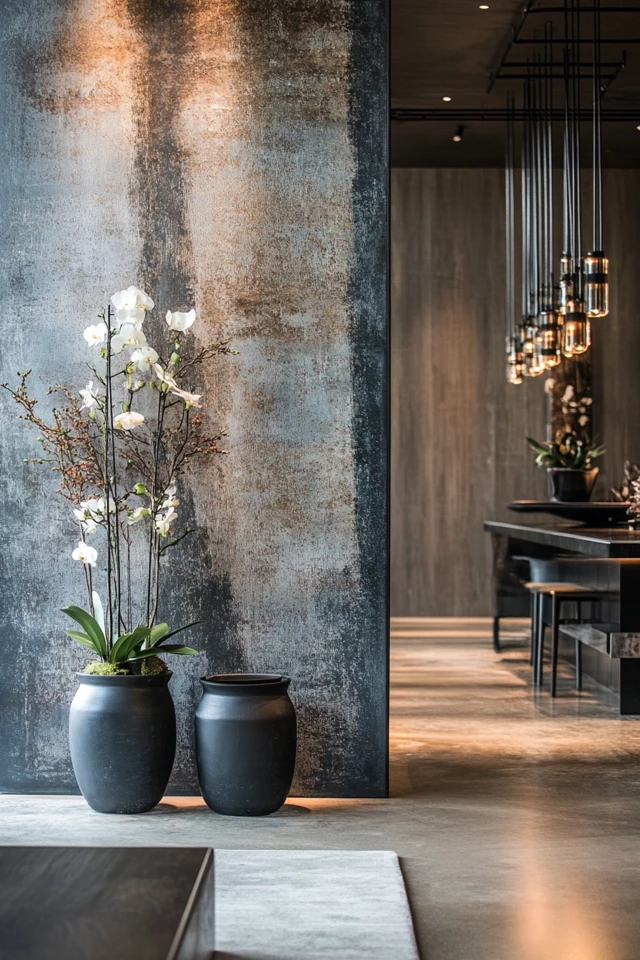
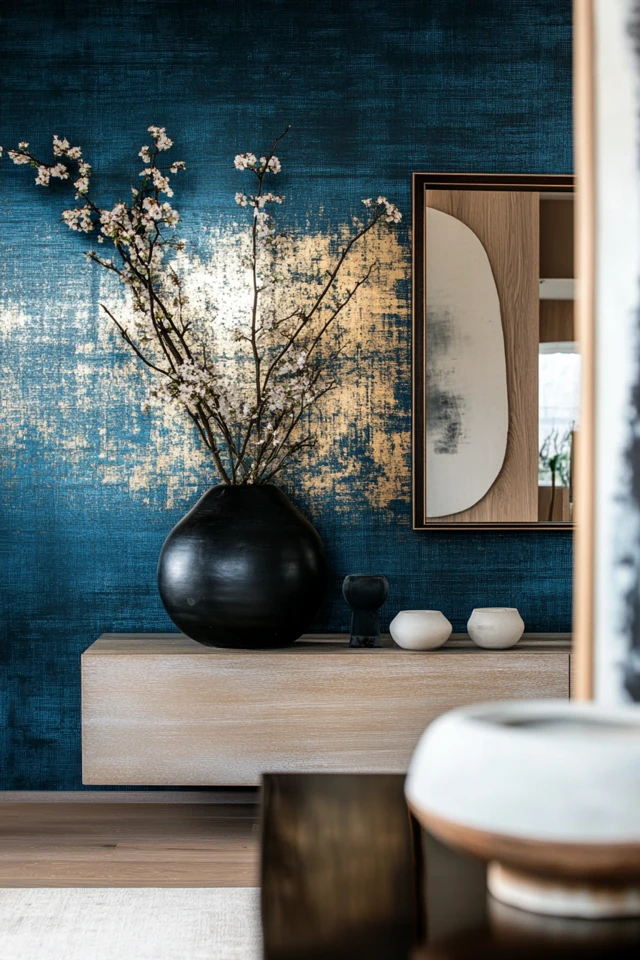
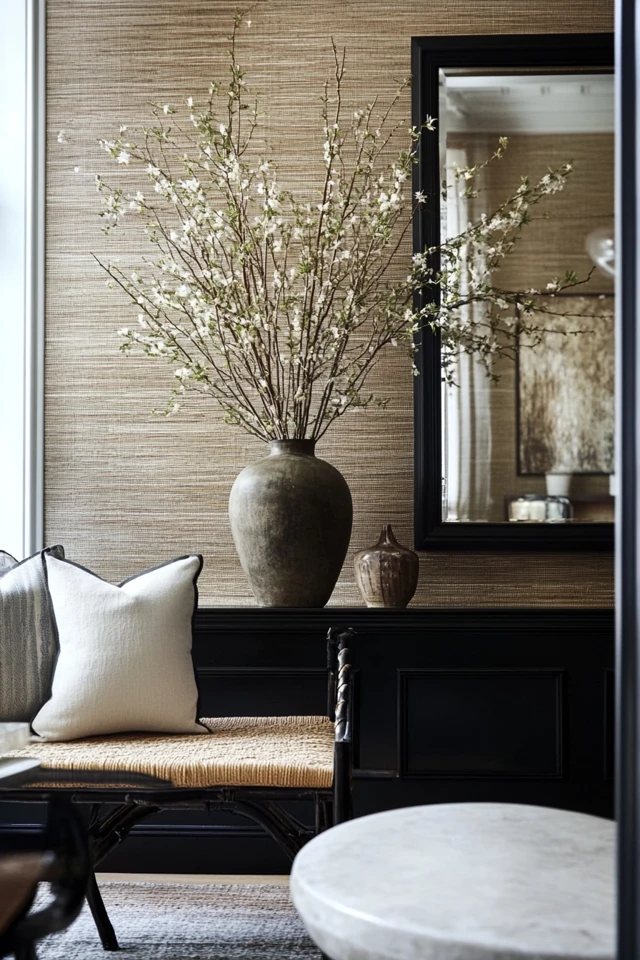
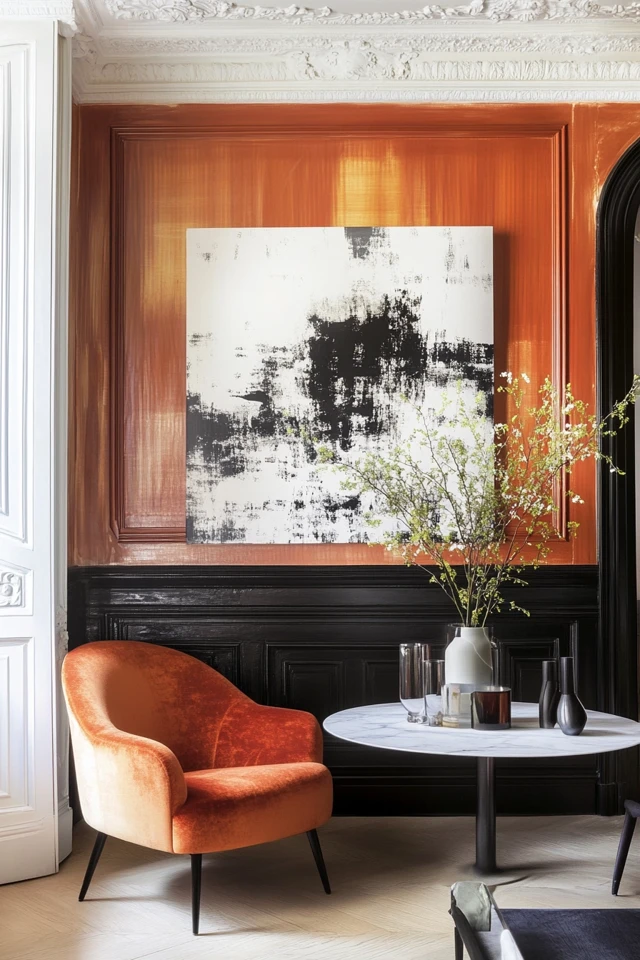
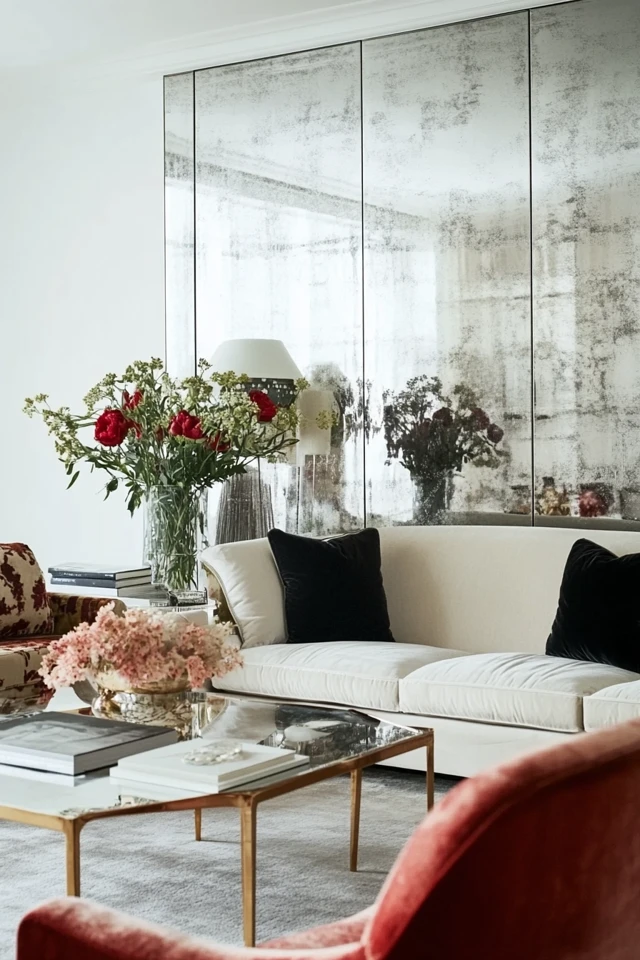
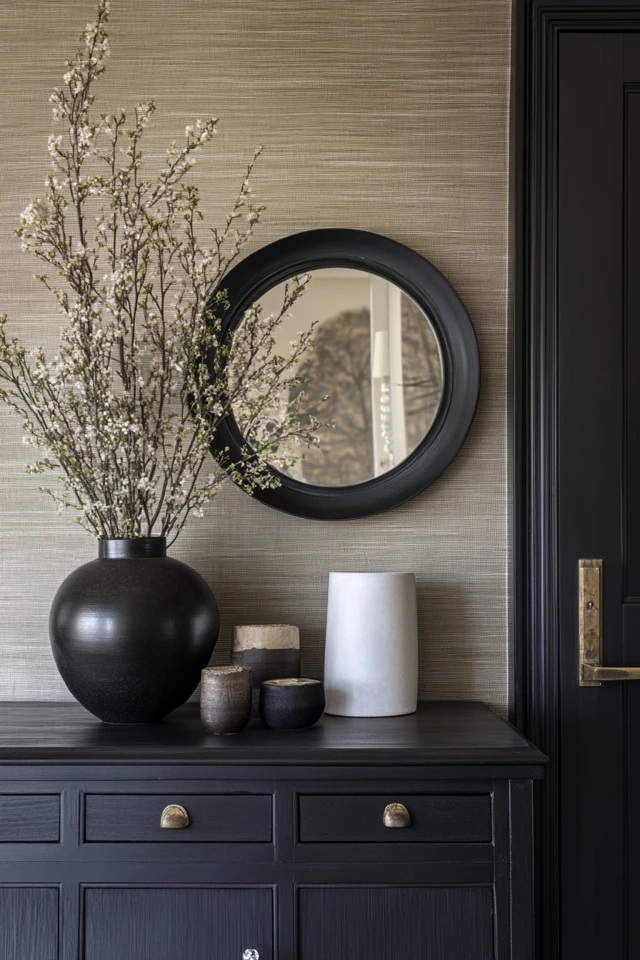
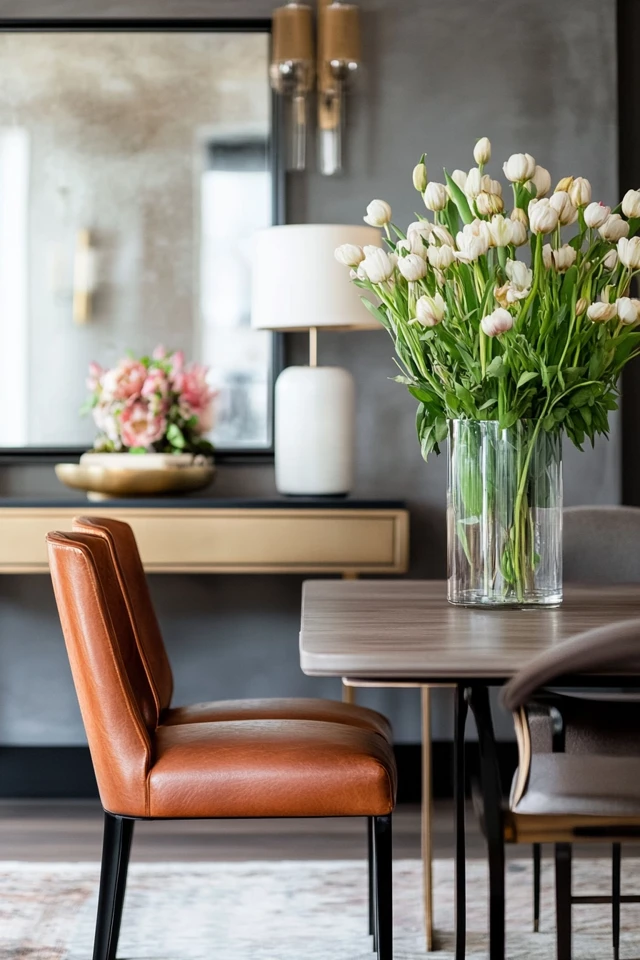
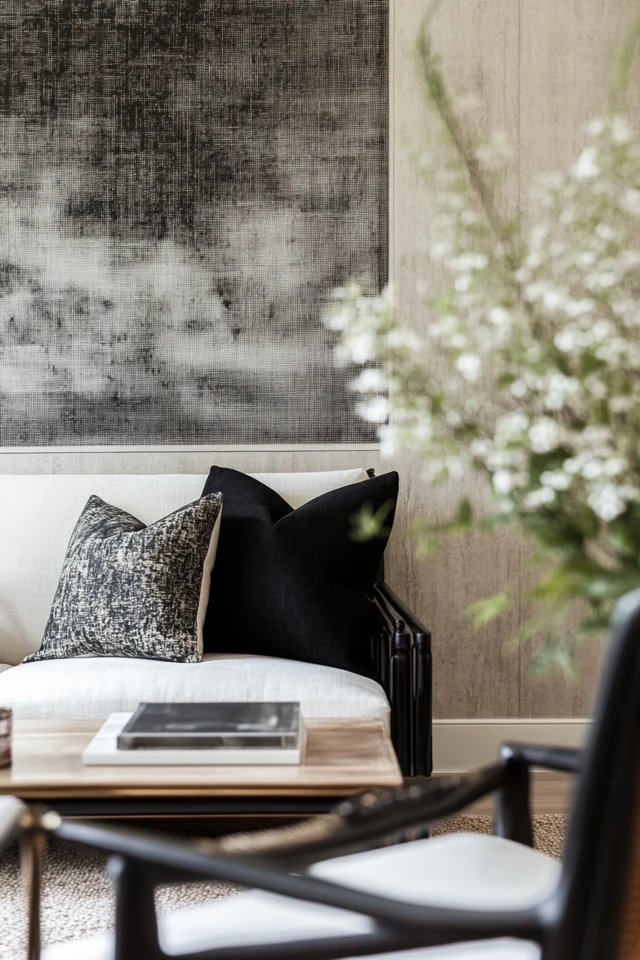
Why These Decor Tricks Work
The illusion of spaciousness is rooted in the principles of visual perception and interior design. Here’s why these decor tricks are so effective:
- Manipulates Perspective: Techniques like using mirrors, light colors, and open layouts play with the way we perceive depth and distance, making spaces feel larger.
- Maximizes Light: Light—whether natural or artificial—opens up a room by eliminating shadows and creating a bright, airy atmosphere.
- Directs the Eye: Smart design elements, like vertical lines or low-profile furniture, guide the eye in ways that elongate or widen a room.
- Reduces Clutter: Clean, streamlined designs create visual breathing room, helping small spaces feel more open and organized.
- Balances Proportions: Properly scaled furniture and decor ensure that no single element overpowers the space, creating a harmonious flow.
Designers often emphasize the importance of scale, light, and simplicity in making spaces feel larger. These principles underpin the tricks in this guide, helping you create rooms that feel more spacious and inviting.
How to Make Your Space Look Larger: Step-by-Step
1. Play with Color and Light
- Use Light Colors: Light tones like white, cream, pastels, and soft grays reflect light, creating the illusion of a larger space.
- Stick to Monochromatic Schemes: Limit the color palette to subtle variations of one hue to avoid visual fragmentation.
- Maximize Natural Light: Use sheer curtains or skip window treatments entirely to let light flood in.
- Add Reflective Surfaces: Glossy finishes, mirrors, and metallic accents bounce light around the room.
- Example: Paint a small living room in soft beige and add a large mirror opposite the window to amplify light and depth.
2. Incorporate Mirrors for Depth
- Strategic Placement: Hang mirrors opposite windows or light sources to reflect light and views, doubling the perception of space.
- Use Large Mirrors: Oversized mirrors can visually expand a room, acting as a “window” where none exists.
- Cluster Smaller Mirrors: Group decorative mirrors for a dynamic, layered effect without overwhelming the wall.
- Example: In a narrow hallway, a floor-to-ceiling mirror on one side makes the space feel twice as wide.
3. Choose Furniture Wisely
- Opt for Low-Profile Pieces: Furniture with low backs and clean lines creates an open feel by leaving more visual space above them.
- Go Transparent: Use acrylic or glass furniture like coffee tables and chairs to reduce visual weight.
- Use Multi-Functional Furniture: Storage ottomans, foldable tables, and sofa beds save space and keep clutter out of sight.
- Keep It Proportional: Avoid oversized furniture that dominates the room; instead, choose pieces that fit the scale of the space.
- Example: A small dining area with a round glass table and slim, armless chairs feels spacious and functional.
4. Declutter and Organize
- Edit Your Belongings: Remove unnecessary items to create a clean, streamlined look.
- Use Hidden Storage: Incorporate storage solutions like built-in shelves, under-bed drawers, and storage benches to keep surfaces clear.
- Limit Decor: Stick to a few well-chosen pieces rather than crowding shelves and tables with small items.
- Example: A minimalist bedroom with built-in storage and a simple nightstand creates breathing room and avoids visual clutter.
5. Use Rugs and Flooring Strategically
- Choose Large Rugs: A bigger rug anchors the furniture and unifies the room, making it feel more expansive.
- Opt for Stripes: Striped rugs elongate or widen the perception of a space, depending on the direction of the stripes.
- Keep Flooring Continuous: Use the same material and color for flooring throughout adjacent spaces to create flow.
- Example: In a compact living room, a neutral area rug with subtle stripes visually stretches the space.
6. Maximize Vertical Space
- Hang Curtains High: Install curtain rods closer to the ceiling to make windows and walls appear taller.
- Add Tall Shelving: Use vertical storage solutions like floor-to-ceiling bookcases to draw the eye upward.
- Incorporate Vertical Patterns: Wallpaper or paneling with vertical lines elongates the walls.
- Example: In a tiny office, tall bookshelves flanking the desk add storage while creating the illusion of higher ceilings.
7. Create Zones in Open Spaces
- Define Areas with Rugs: Use rugs to visually separate living, dining, and working areas without adding walls.
- Use Open Shelving: Dividers like open bookcases maintain flow while creating distinct zones.
- Vary Lighting: Different lighting for each zone enhances the sense of depth and purpose.
- Example: In a studio apartment, a rug under the bed and a pendant light over the dining table define separate areas.
8. Incorporate Artwork Thoughtfully
- Go Big: Large-scale art reduces visual clutter by creating a single focal point.
- Group Art Symmetrically: Symmetrical arrangements feel organized and visually calming.
- Hang Art Higher: Placing art slightly above eye level draws attention upward, enhancing vertical space.
- Example: A small hallway with a single oversized landscape painting feels more open and elegant.
9. Keep It Open and Airy
- Avoid Heavy Drapes: Opt for sheer or lightweight curtains that let in light.
- Choose Open Furniture: Furniture with exposed legs, like mid-century modern styles, maintains a sense of openness.
- Float Furniture: Pull furniture slightly away from the walls to create the illusion of more space.
- Example: A living room with a floating sofa and lightweight armchairs feels airy and inviting.
10. Play with Scale and Proportion
- Mix Sizes: Combine large and small decor pieces to create visual interest without overcrowding.
- Leave Negative Space: Allow for empty areas on walls or around furniture to avoid a cluttered feel.
- Use Slim Profiles: Choose slim lamps, tables, and chairs to maximize space without sacrificing style.
- Example: A small entryway with a slim console table and a large mirror feels functional and spacious.
FAQ
1. How do mirrors make a room look bigger?
Mirrors reflect light and views, creating the illusion of depth and making a space feel brighter and more open.
2. Can dark colors work in small spaces?
Yes, but use them sparingly. Dark colors can create depth when balanced with lighter tones and reflective surfaces.
3. What’s the best furniture layout for small rooms?
Arrange furniture to maximize flow and keep pathways clear. Avoid pushing all furniture against the walls; instead, create functional groupings.
4. How can lighting make a space feel larger?
Layer lighting with ambient, task, and accent lights to eliminate shadows and create an even, expansive glow.
5. How do I avoid clutter in small spaces?
Prioritize hidden storage, regularly declutter, and stick to a few impactful decor pieces rather than many small items.
Variations
- Modern Minimalism: Use clean lines, light tones, and minimal decor to maximize space and create a serene atmosphere.
- Eclectic Charm: Mix patterns and textures thoughtfully, balancing bold pieces with neutral backdrops.
- Industrial Style: Incorporate exposed materials like metal and concrete, paired with open shelving for a spacious feel.
- Coastal Vibes: Stick to whites, blues, and sandy tones with sheer curtains and natural textures to evoke breezy openness.
- Rustic Warmth: Use light-colored wood, soft textiles, and large mirrors to balance coziness with spaciousness.
How to Showcase It
- Living Rooms: Use a large rug, a mirror, and floating furniture to create an open, inviting layout.
- Bedrooms: Incorporate light bedding, tall curtains, and slim-profile nightstands to maximize space.
- Kitchens: Stick to open shelving, reflective backsplashes, and continuous flooring for a seamless look.
- Bathrooms: Add a large mirror, glass shower doors, and wall-mounted storage to create the illusion of space.
- Home Offices: Use vertical storage, slim desks, and light colors for a functional yet airy workspace.
Occasions to Feature It
- Daily Living: Make your everyday spaces feel larger and more comfortable.
- Entertaining Guests: Create open, welcoming environments for social gatherings.
- Small Apartment Living: Optimize compact spaces without sacrificing style.
- Seasonal Decor: Update your space with light, airy touches for spring or summer.
- Rental Updates: Use non-invasive tricks like mirrors and rugs to enhance space without permanent changes.
Conclusion
With the right decor tricks, you can transform even the smallest rooms into spaces that feel open, airy, and beautifully designed. From using mirrors and light colors to choosing proportional furniture and maximizing vertical space, these strategies work together to create the illusion of spaciousness without requiring major changes.
By thoughtfully combining these techniques, you’ll create a home that feels bigger, brighter, and more welcoming—proving that good design is about creativity, not just square footage.
So, take these tips and start experimenting with your space. With a little effort and ingenuity, you’ll create a home that feels as spacious as it is stylish!

